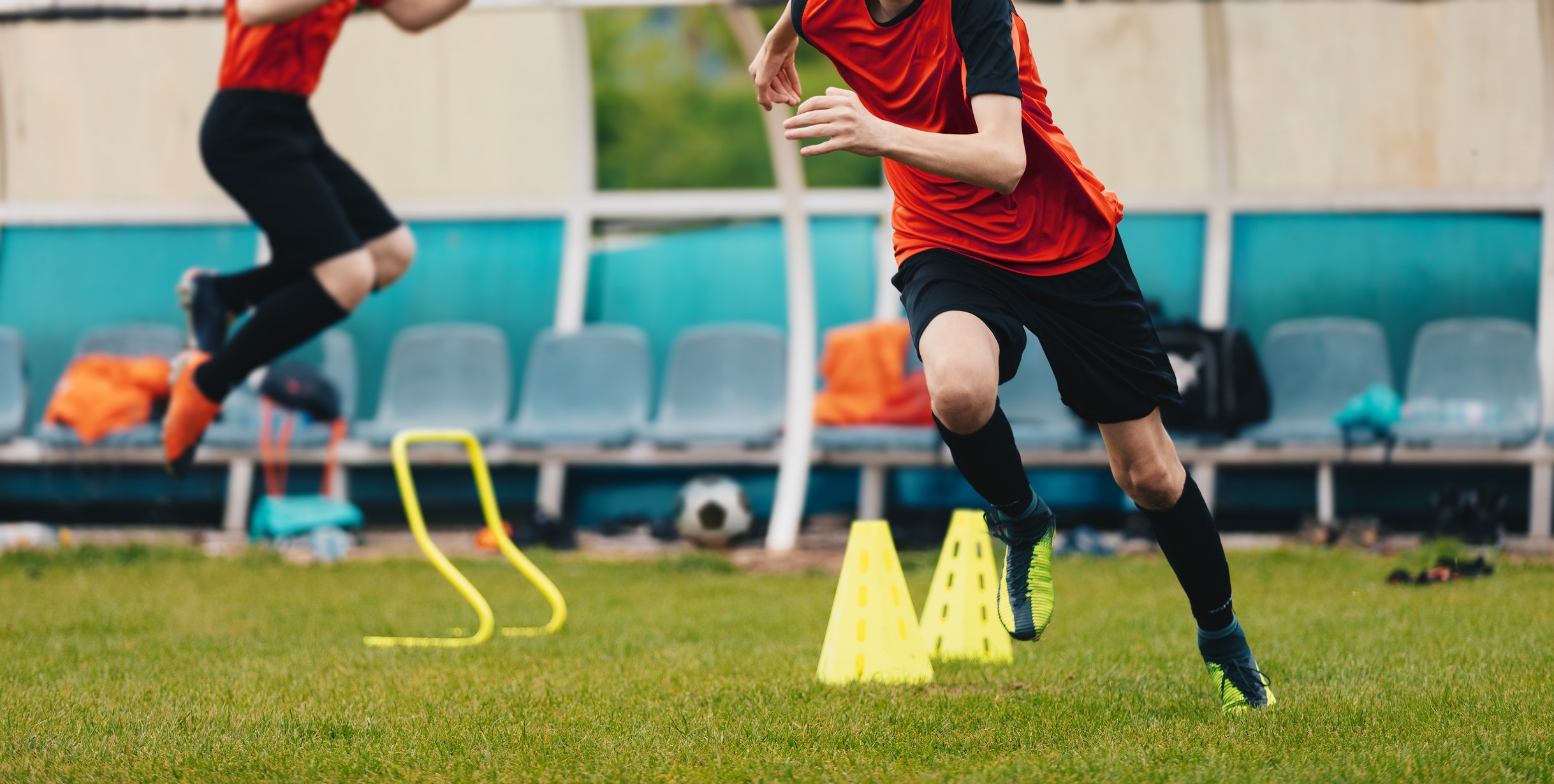Pre-Season Prep: Essential Exercises to Prevent Sports Injuries
As the excitement of a new sports season approaches, athletes of all levels are gearing up for intense training and competition. However, the eagerness to dive back into the game can sometimes overshadow the importance of proper preparation. Pre-season training is crucial not only for peak performance but also for preventing injuries that can sideline athletes for weeks or even months. In this blog, we will explore essential exercises that can help prevent sports injuries and keep you in the game.
Understanding the Importance of Pre-Season Training
Pre-season training is more than just getting back into shape. It is about preparing your body for the specific demands of your sport. This period allows you to build strength, flexibility, and endurance, which are critical for reducing the risk of injury. Neglecting this phase can lead to muscle imbalances, reduced joint stability, and increased susceptibility to injuries such as sprains, strains, and tears.
Key Areas to Focus On
To create a comprehensive pre-season training program, it’s essential to focus on several key areas:
- Strength Training: Building muscle strength to support joints and reduce the risk of injuries.
- Flexibility and Mobility: Improving the range of motion to prevent stiffness and enhance performance.
- Endurance: Increasing cardiovascular fitness to sustain high levels of activity.
- Balance and Stability: Enhancing proprioception and coordination to prevent falls and awkward movements.
Essential Exercises for Injury Prevention
Here are some exercises that target these key areas, ensuring a well-rounded approach to pre-season preparation.
1. Strength Training
Squats:
Squats are a fundamental exercise for building lower body strength. They target the quadriceps, hamstrings, and glutes, which are crucial for almost every sport.
- Stand with feet shoulder-width apart.
- Lower your body by bending your knees and hips, keeping your back straight.
- Return to the starting position and repeat for 3 sets of 10-15 reps.
Lunges:
Lunges work on the same muscle groups as squats but also engage the core and improve balance.
- Stand with feet together.
- Step forward with one leg, lowering your hips until both knees are bent at a 90-degree angle.
- Return to the starting position and repeat with the other leg for 3 sets of 10-15 reps per leg.
Planks:
Planks strengthen the core, which is essential for stability and injury prevention.
- Start in a push-up position but with your weight on your forearms instead of your hands.
- Keep your body in a straight line from head to heels.
- Hold for 30-60 seconds and repeat for 3 sets.
2. Flexibility and Mobility
Dynamic Stretching:
Dynamic stretching involves moving parts of your body and gradually increasing reach and speed of movement. This type of stretching is beneficial for warming up muscles and increasing range of motion.
- Examples include leg swings, arm circles, and torso twists.
- Perform dynamic stretches for 5-10 minutes before workouts.
Yoga:
Yoga enhances flexibility, balance, and mental focus, which are all beneficial for athletes.
- Incorporate yoga poses such as Downward Dog, Warrior I, and Pigeon Pose into your routine.
- Practice yoga 2-3 times per week for optimal benefits.
3. Endurance
Running Drills:
Running drills improve cardiovascular fitness and mimic the movements required in many sports.
- Incorporate sprints, interval training, and long-distance runs into your program.
- Aim for 3-4 sessions per week, varying the intensity and distance.
Cycling:
Cycling is an excellent low-impact exercise that builds endurance and leg strength without putting stress on the joints.
- Include cycling sessions 2-3 times per week, either on a stationary bike or outdoors.
4. Balance and Stability
Single-Leg Balance:
Improving balance on one leg can enhance overall stability and prevent falls.
- Stand on one leg for 30 seconds, then switch to the other leg.
- Increase the difficulty by closing your eyes or standing on an unstable surface.
- Perform 3 sets per leg.
Bosu Ball Exercises:
Using a Bosu ball can improve balance and proprioception.
- Stand on the flat side of the Bosu ball and perform squats or lunges.
- Start with 2-3 sets of 10-12 reps.
Creating a Balanced Routine
When designing your pre-season training program, it’s important to create a balanced routine that includes all the essential exercises. Here’s a sample weekly plan:
- Monday: Strength training (Squats, Lunges, Planks), followed by dynamic stretching.
- Tuesday: Endurance training (Running drills), followed by yoga.
- Wednesday: Balance and stability exercises (Single-leg balance, Bosu ball exercises).
- Thursday: Strength training (Squats, Lunges, Planks), followed by dynamic stretching.
- Friday: Endurance training (Cycling), followed by yoga.
- Saturday: Active rest (light activities like walking or swimming).
- Sunday: Rest and recovery.
The Role of Rest and Recovery
Rest and recovery are as important as the training itself. Overtraining can lead to fatigue, increased injury risk, and decreased performance. Make sure to include rest days in your schedule and listen to your body. Incorporating activities such as foam rolling, massages, and adequate sleep can aid in recovery and prepare you for the next training session.
Conclusion: Start Your Season Right
Preparing for a sports season requires more than just enthusiasm and dedication. It demands a well-rounded approach to fitness that includes strength, flexibility, endurance, and balance training. By incorporating these essential exercises into your pre-season routine, you can reduce the risk of injuries and enhance your performance on the field, court, or track.
If you’re looking for personalized guidance and support in your pre-season preparation, Jersey Rehab can help. Our team of experienced doctors are dedicated to helping athletes of all levels achieve their best performance while preventing injuries. Visit Jersey Rehab to learn more about our services and schedule an appointment today. Start your season right with Jersey Rehab!

